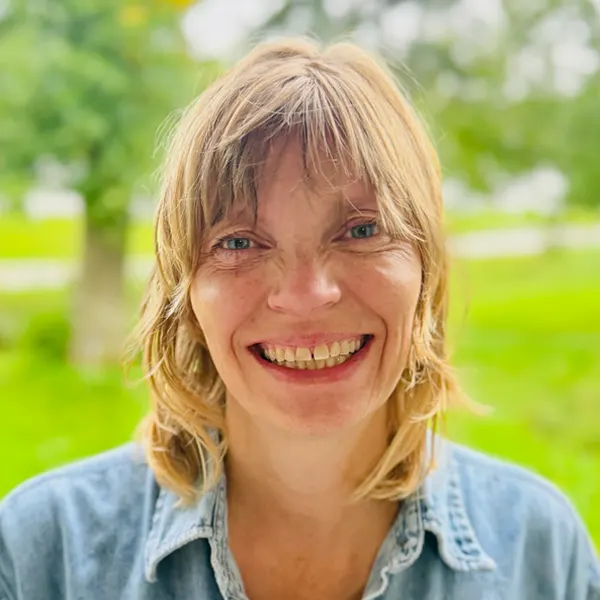
Rural Minnesota includes eleven federally recognized Tribal nations sharing geography with Minnesota. Four are Dakota Communities: the Cansayapi Oyate (Lower Sioux Indian Community), the Pezutazizi Oyate (Upper Sioux Community), Shakopee Mdewakanton Sioux Community, and the Tinta Wita (Prairie Island Indian Community). Seven are Anishinaabe Communities: Gaa-waabaabiganikaag (White Earth Nation), the Gaa-zagaskwaajimekaag (Leech Lake Band of Ojibwe), the Gichi Onigaming (Grand Portage Band of the Lake Superior Chippewa), the Misi-zaaga’iganiing (Mille Lacs Band of Ojibwe), the Miskwaagamiiwi-Zaagaiganing (Red Lake Nation), the Nahgahchiwanong (Fond du Lac Band of the Lake Superior Chippewa), and the Zagaakwaandagowiniwag (Bois Forte Band of the Chippewa). Many Indigenous communities outside of the state also have lasting connections and claims to this land but have been displaced by the U.S. Government. The rights and customs of the displaced should also be respected.
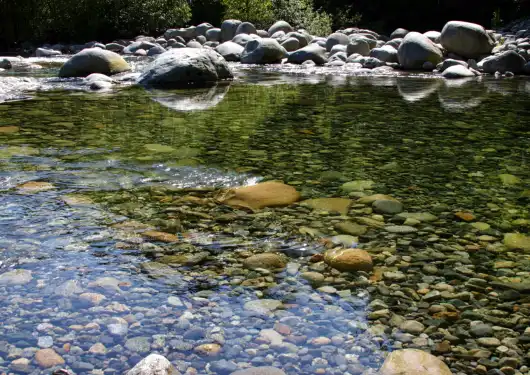
Water & Tribal Communities
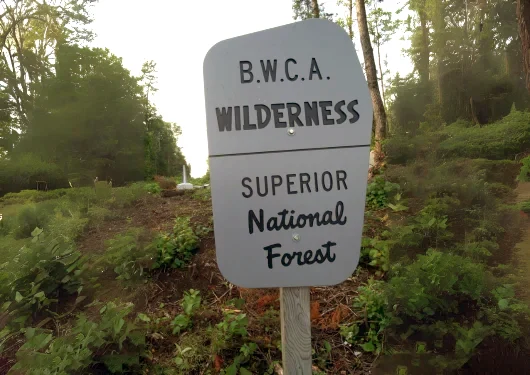
Public Lands & Treaty Rights
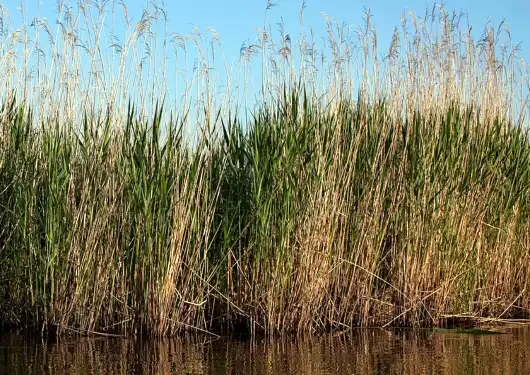
Wild Rice Protection
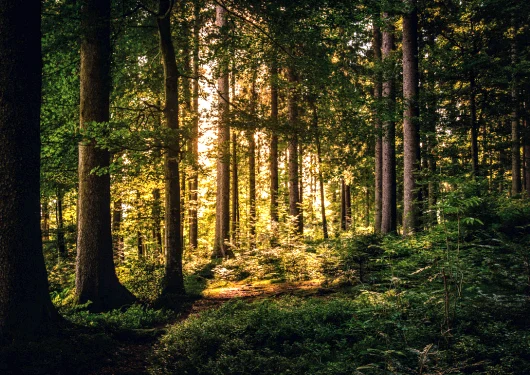
Forestry & Habitat
CURE is working on accountability for the mismanagement of Minnesota Department of Natural Resources-managed wildlife areas that has led to excessive logging that damaged habitat on these protected lands. These public lands are not only important for wildlife and public recreation, but also for treaty-protected hunting and gathering practices for tribal members. We have discussed timber management issues with tribal forestry staff and seek to coordinate our work with their leadership and long-standing knowledge of these lands.
We hope to expand on this beginning and work better with tribes regarding climate resilience, developing and cultivating renewable resources, and protecting cultural uses and habitat for the benefit of all Minnesotans.
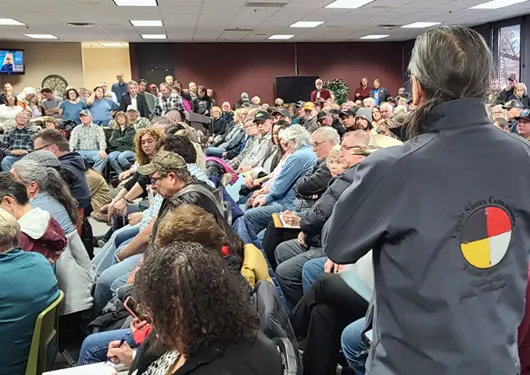
Land Back at Upper Sioux
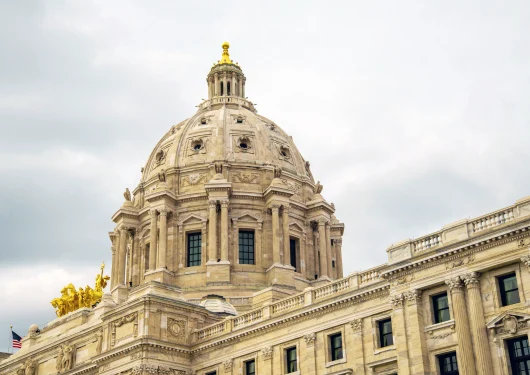
At the Legislature
CURE coordinates our legislative work with tribal governments on a wide range of issues, including CO2 pipelines and the Public Waters Inventory work. We also support strengthening state requirements for tribal consultation and believe these duties must be continually reassessed and improved. In 2019, we submitted testimony in support of MN Executive Order 19-24 which added the Public Utilities Commission to the list of state agencies required to periodically consult with Minnesota tribes. Meaningful consultation is part of upholding treaty rights and ensuring state agencies meet their obligations to tribal nations and members.

